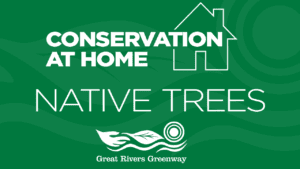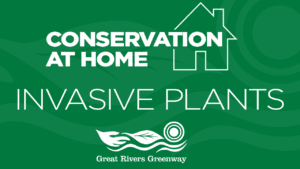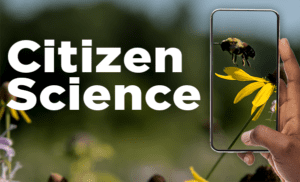 Conservation efforts at Great Rivers Greenway
Conservation efforts at Great Rivers Greenway
When watersheds are healthy and functioning well, they recycle nutrients, absorb and filter rain water, recharge rivers and streams, provide clean air, water, food and habitat for animals and people and much more. All of us rely on and benefit from the goods and services these ecosystems provide. Learn more about our work to restore, protect and create healthy habitats and watersheds in the St. Louis region.
Help us sa y “no” to Bush Honeysuckle
y “no” to Bush Honeysuckle
Invasive Bush Honeysuckle is taking over urban areas and Missouri woodlands. It is strangling native plants and trees and limiting access to our creeks and streams. This non-native plant enables erosion and leaves a wake of ecological destruction in its path. We have been working with a variety of partners and volunteers to eradicate this plant throughout the greenways and along stream banks. Learn more about this pest, and what you can do – even in your own backyard – to help address this growing problem.
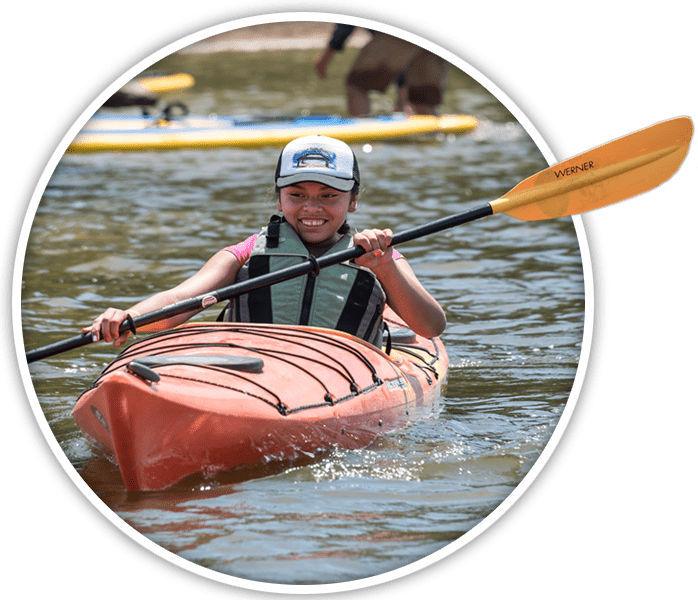 Paddling in the St. Louis Region
Paddling in the St. Louis Region
Whether canoeing, kayaking, or stand up paddleboarding, paddling our region’s waterways can be a great way to explore and enjoy the outdoors and live life outside. Along the greenways, there are opportunities at Creve Coeur Lake, Simpson Lake, and the Meramec River for people of varying paddling abilities to explore and enjoy our waterways. Learn how you can access the region’s waterways on or near the greenways!
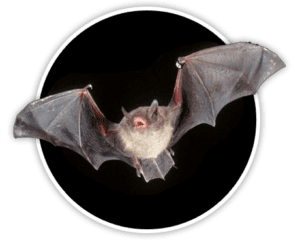 Endangered bats along the greenways
Endangered bats along the greenways
Missouri is home to 15 species of bats, many of which live and thrive along the waterways that parallel many of our greenways. Sadly, a few of these bat species – including the Indiana Bat, the Gray Bat, and the Northern Long Ear Bat – are on the list of federally endangered animals. Find out how we work to protect these creatures while constructing new greenways.
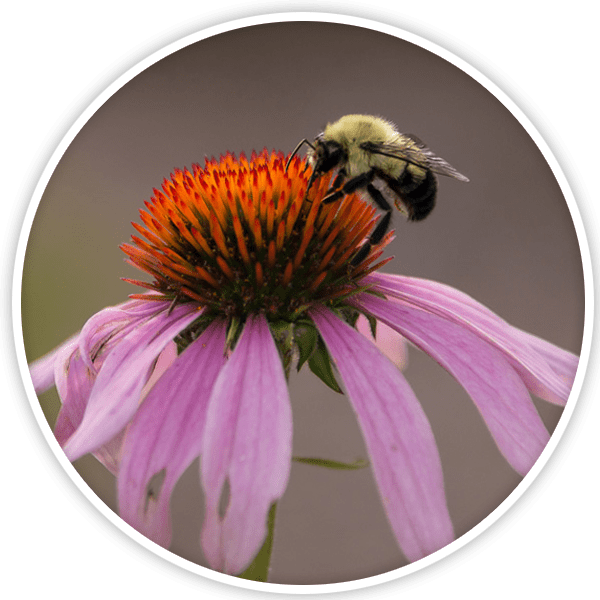 Bee Diversity in St. Louis and their Importance to our Ecology
Bee Diversity in St. Louis and their Importance to our Ecology
St. Louis, like many other cities around the world, has become a haven for bees. In fact, St. Louis is the home to more species of bees than any other city in North America. This increase in urban bee diversity is of particular interest to scientists, as bee diversity in more rural areas has been on the decline. Learn more about the work that is being done with these very important pollinators.
Before you head out to a greenway or ride a bike down the street, it’s good to learn the basics.
Know Before You Go – find everything you need to know about using a greenway from trail etiquette to what to wear.
Bike St. Louis Streets – learn the basic rules of the road, understand safety tips about riding a bicycle on streets from Missouri Bike Federation with their Skills & Safety page and their State Laws page.
 Bike St. Louis
Bike St. Louis
Click the map cover to download the most recent (April 2015) Bike St. Louis map! Have more questions? We’re here for you! Contact us anytime by phone or email, or stop on by our office to pick up maps or ask us questions.
Streets are for all of us to use. When driving to work, riding a bike to school or walking to lunch, here’s what to expect:
Road stripes mean the same thing for all forms of transportation. Solid white lines mean stay in your lane. Dashes mean you can cross if it’s clear. Bike lanes are spaces to ride bikes, so no driving, parking or walking here.
On streets with sharrows or no markings, people driving and biking share the same space.
Obey traffic laws and communicate through eye contact and signals, especially at intersections!
Greenway Symposium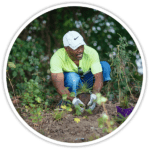
The Greenway Symposium is an annual event for partners to learn about greenway operations and maintenance. Past presentation topics include parks and public health, landscape care, pollinators, design guidelines, diversity, equity and inclusion. Click here to view past Greenway Symposium presentations.

